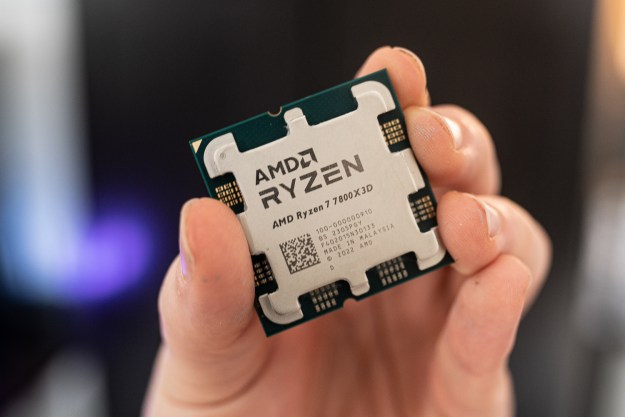On Saturday during the annual Glasgow Neuro Conference, Italian neurosurgeon Sergio Canavero revealed a virtual reality platform developed by Inventum Bioengineering Technologies of Chicago, Illinois, to prepare patients for what lies ahead after their head is attached to a new body. That’s right: it’s to help with the psychological and physical changes that will take place after a human head transplant, the first of which will be performed next year.
“We are combining the latest advancements in virtual reality,” said Inventum co-founder and CEO Alexander Pavlovcik, “to develop the world’s first protocol for preparing the patient for bodily freedom after the transplantation procedure.”
Prior to the transplant, the patient will undergo several months of training through virtual reality. These doctor-prescribed “experiences” will be tailored so that the patient uses full body movement for getting accustomed to voluntary motor functions. The first patient to use this VR platform will be Valery Spiridonov, who currently suffers from a muscle-wasting disorder called Werdnig-Hoffman disease.
The first part of the procedure will consist of attaching the patient’s head to a new body, also known by the acronym HEAVEN (head anastomosis venture). The second part will consist of infusing the head’s portion of the spinal cord to the body, a procedure known by the name Gemini. If the two procedures are successful, Spiridonov will already know how to use his new limbs thanks to what he learned through the VR system. In the words of Canavero, it will be a new world for the patient.
The VR system appears to be based on the HTC Vive headset and the Virtuix Omni, the latter of which features a concave surface and a stationary brace so that users can lock themselves in and physically move around in virtual reality without pacing the room and bumping into walls. The VR system also includes a cage-like structure with an attached, stationary vest to help keep the patient standing and in one place.
Canavero claims to have already completed successful trials using a monkey and a dog. The former reportedly took place in January, with the surgeon attaching a monkey’s head to a new body. The head was previously drained of all blood and cooled at 15 degrees Celsius, but did not suffer any brain injury during the transplant. However, the dog underwent a different procedure in that its spinal cord was over 90 percent severed and reconnected using a chemical called polyethylene glycol (PEG). The dog reportedly could walk again three weeks after the procedure.
Canavero first made his plans known to carry out the first human head transplant in 2013 when he was part of the Turin Advanced Neuromodulation Group in Italy. The attempt then became public knowledge in February of 2015 in an interview with New Scientist. However, the very first head transplant was successfully completed on a monkey by Robert White at Case Western Reserve University School of Medicine in Cleveland, Ohio, in 1970. The monkey only lived for nine days because the body’s immune system rejected the head.
Obviously, there are a lot of factors surrounding the transplant of a human head. One of the biggest concerns is over the proper fusion of the spinal cord. But both Canavero and Spiridonov are willing to go all the way with the transplant, including using the HTC Vive to prepare Spiridonov (in the event the operation is successful) for what is to come with a brand new, healthy body.
Editors' Recommendations
- HTC Vive XR Elite vs. Meta Quest Pro: mixed-reality showdown
- The most common HTC Vive problems, and how to fix them
- HTC offers cheaper Vive Pro Eye bundles, expands eye-tracking in VR
- HTC’s Vive Pro Eye, a $1,600 VR headset with eye-tracking, is all business


